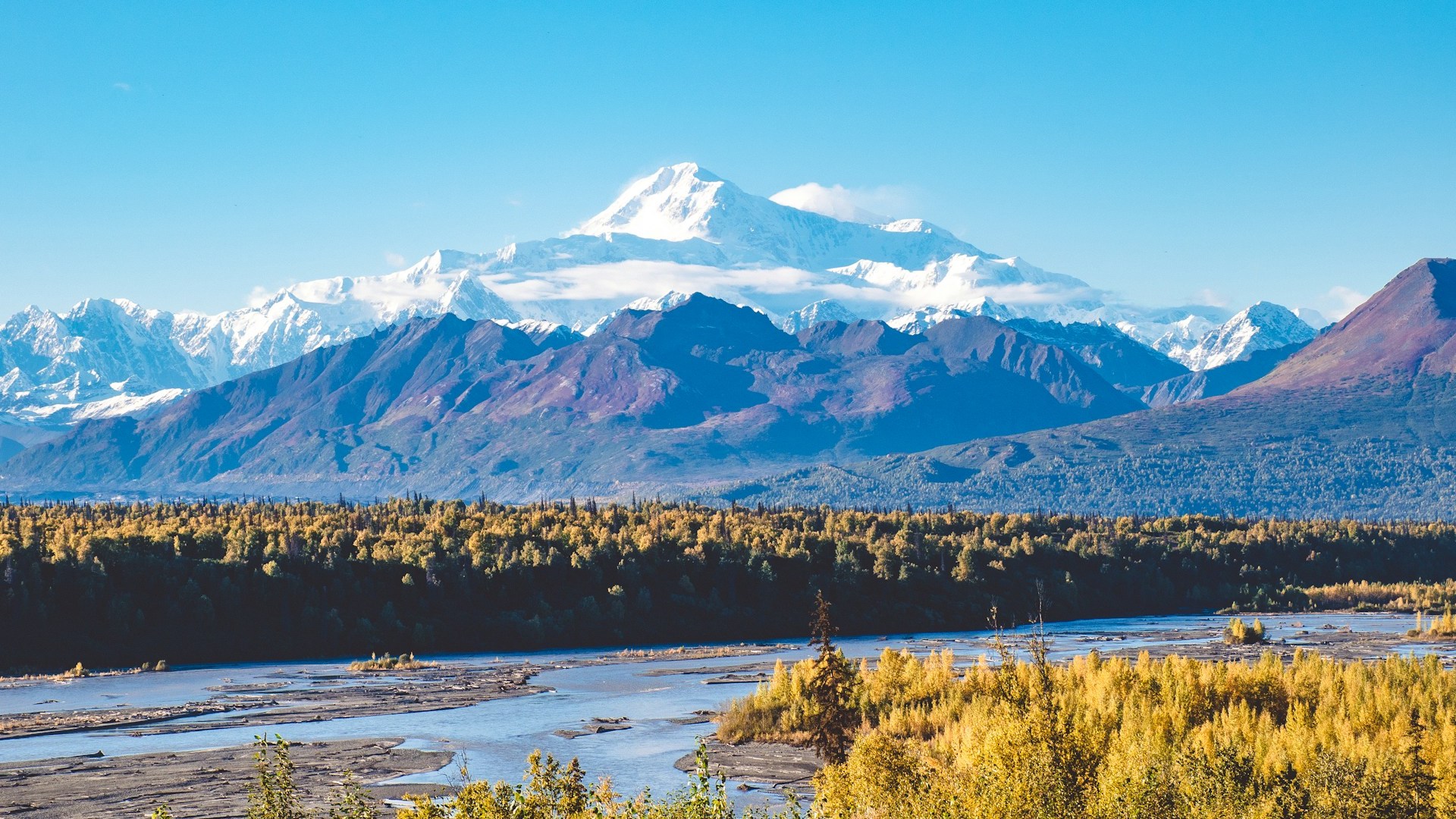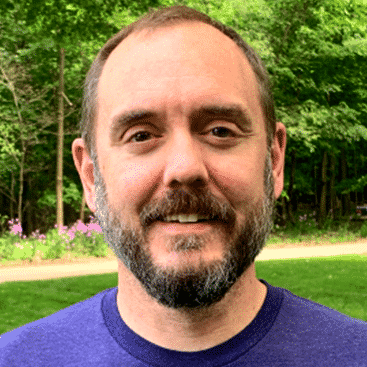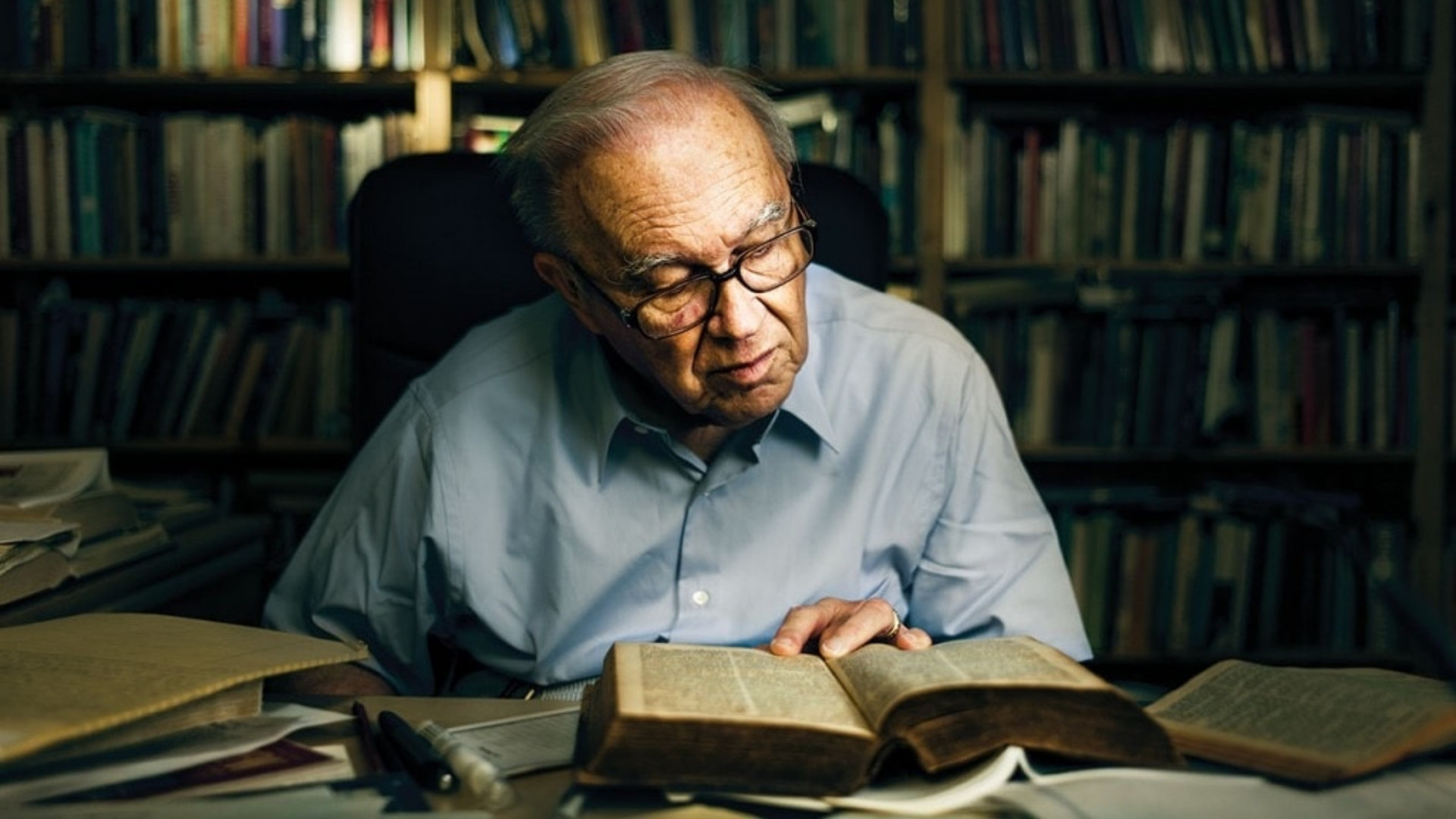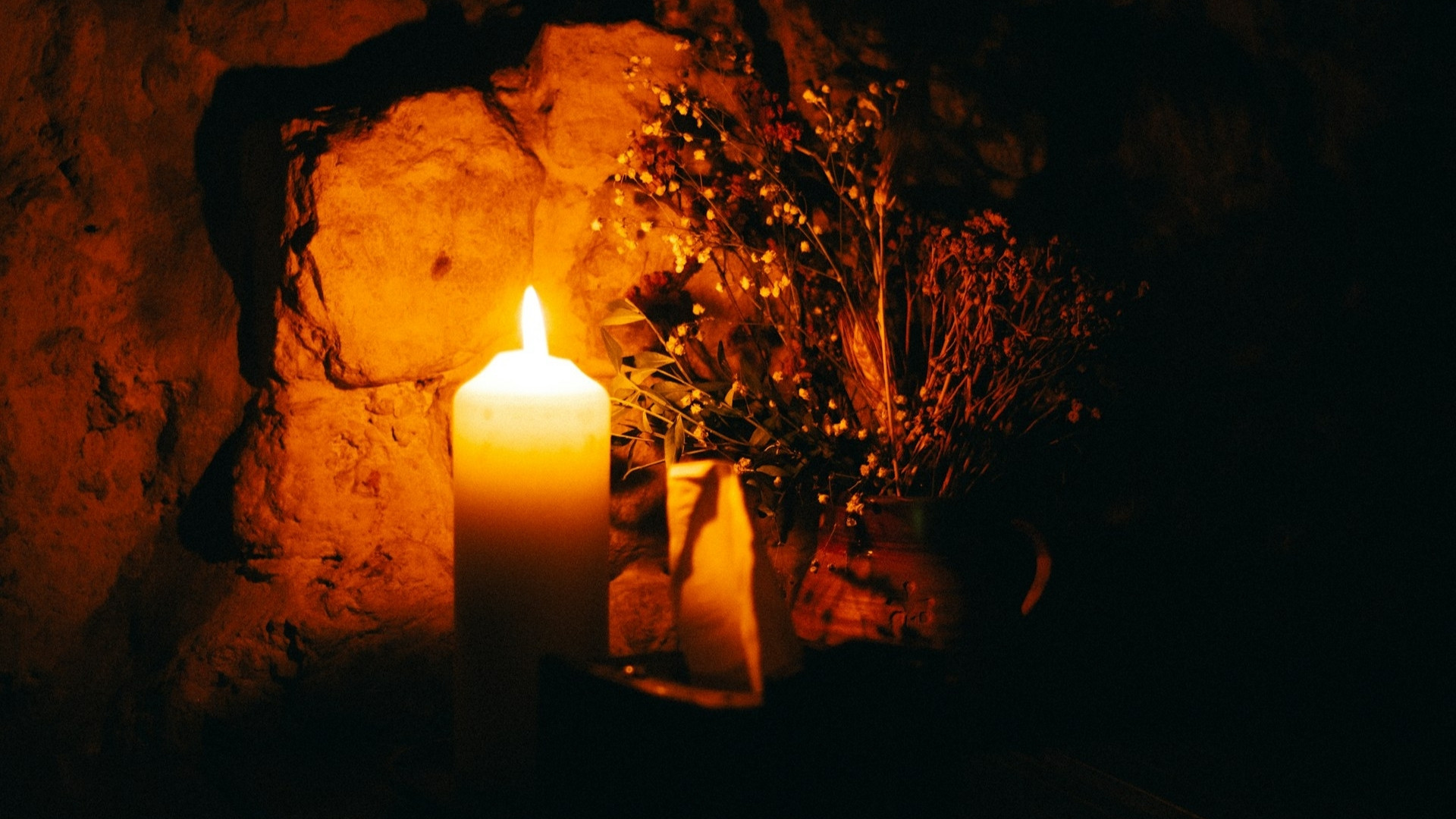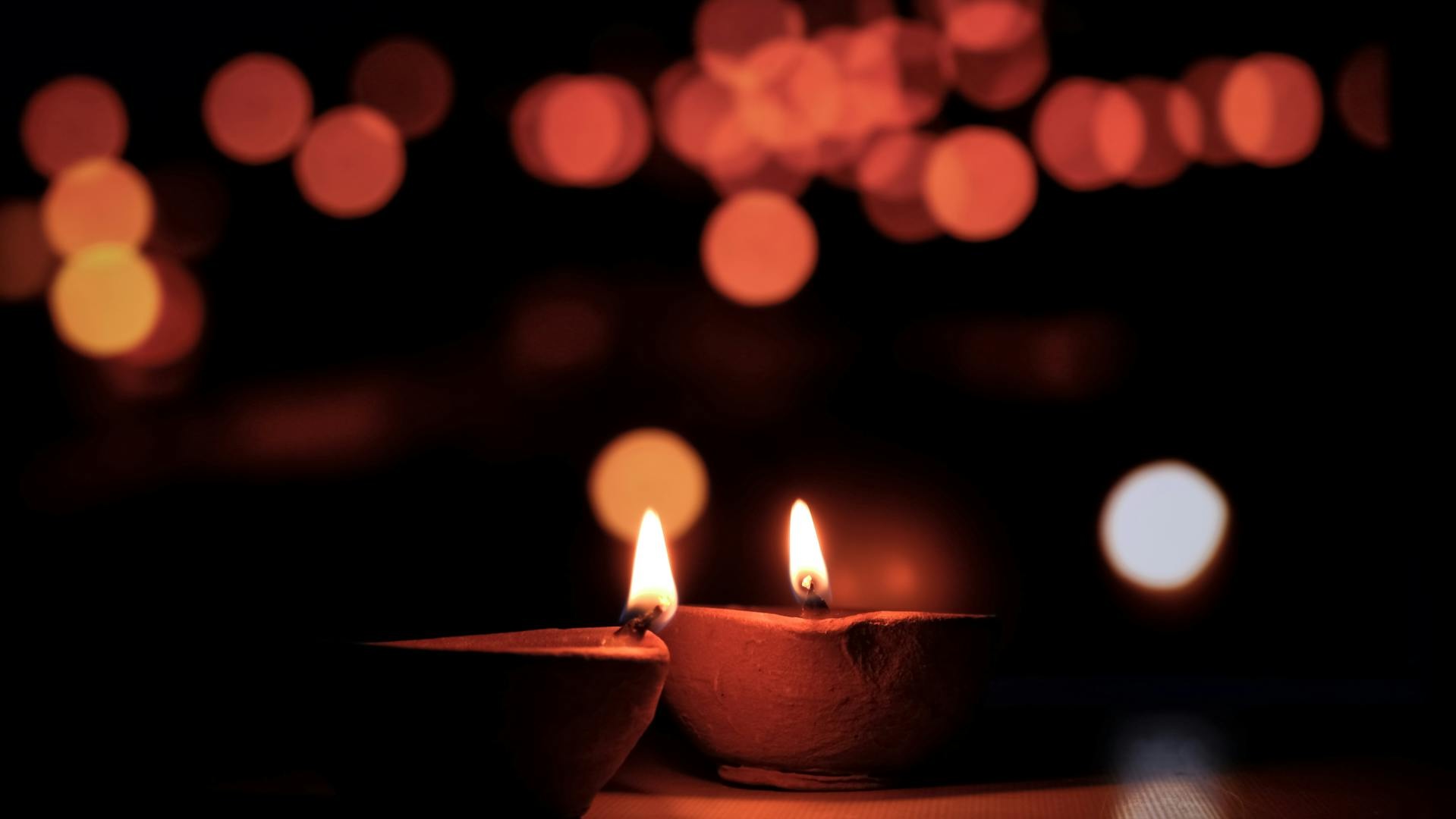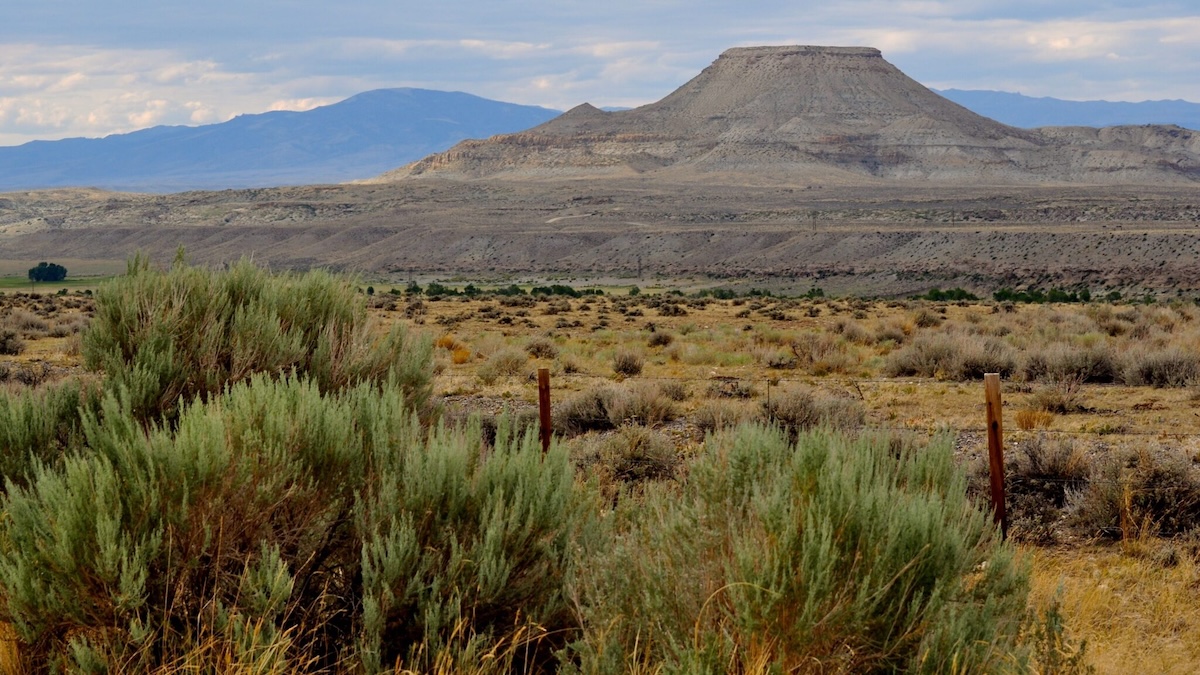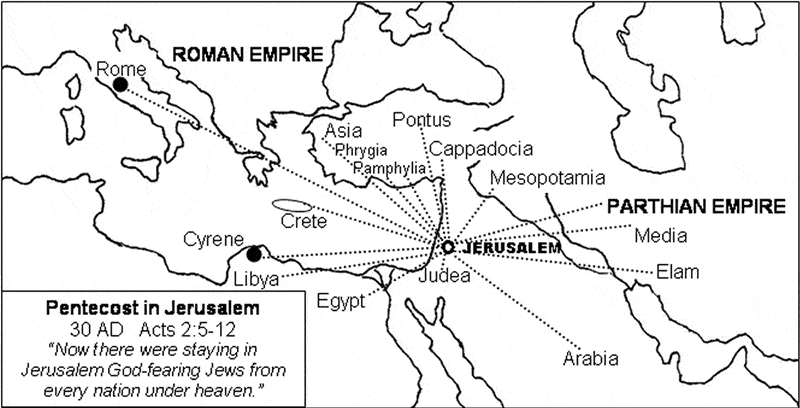How rural churches in Alaska found a surprising solution to an ongoing need.
In my work in the Alaska Conference, I have had the privilege to work alongside Yup’ik, Inupiaq, and Cup’ig partners in the gospel as we seek to bring the hope and healing of Christ to a new generation of people in remote places. In 1886, the Swedish Covenant Church sent two men here as missionaries, and they arrived in Yakutat and Unalakleet. Other mission friends found their way to remote villages in western Alaska like Unalakleet, Shaktoolik, Golovin, and Nome. Mission outposts were established by people from Sweden like Axel Karlson, who worked to share the gospel while also seeking to respect local customs, languages, and communities. Now more than 130 years later churches that were planted between 1887 and 1936, many by Alaska Native people, still play a vitally important role in the communities they serve.
Today, however, continuing that work is a challenge. Our harsh environment, remote geographical locations, and limited resources make it difficult. One specific prayer we have prayed has been that every one of our churches would have a called, trained, and supported local pastor. Yet for decades we have struggled to find sustainable ways to accomplish that goal in our rural communities.
Our journey to becoming a conference of the Evangelical Covenant Church has taken us from being a Swedish mission field to becoming a ministry focus within World Mission, then to being incorporated into the work of Home Mission (now Start & Strengthen Churches). Then in 2015 we became a full conference within the Covenant Church here in North America.
In the past decade, significant work has gone into formulating a plan that will allow this important work to continue for another 100 years. Creativity, imagination, and lots of prayer are required to maintain the work of a conference with only 17 member churches, half of which are not fully self-supporting. With that in mind, our conference executive board formed a special commission in 2023 to foster a collaborative conversation about how we can help our churches not simply to survive, but to thrive.
Based on attendance and finances, many of these churches would have been closed if they were located anywhere else. Yet we have never considered that option because, for most of our villages, the church is an essential part of the community. Even those who don’t attend services regularly depend on the care and support the church brings to their families, especially in times of crisis or loss. The question for our commission then became, “What is God calling us to change about the way we resource and support our churches so that these families will continue to have access to care for the next 100 years?”
We gathered pastors and lay leaders from across Alaska and began adding voices from around the Covenant to prayerfully discern next steps. This is where the amazing story of God’s provision began to take shape.
When I first spoke to Grace Shim, executive minister of Serve Globally, about our efforts, I asked her, “Where is the work of the gospel flourishing among coastal Indigenous people, and who should we speak with to learn from what they are doing?”
We talked extensively about the words of Jesus from Acts 1:8: “But you will receive power when the Holy Spirit comes on you; and you will be my witnesses in Jerusalem, and in all Judea and Samaria, and to the ends of the earth” (NIV). Most Americans see places like the village of Merkoryuk on Nunivak Island as the ends of the earth. Yet the simple truth is that the US is not the center of the gospel explosion happening around the world. God is calling the gospel to go from everyone to everywhere.
So we invited Paul De Neui from the Center for World Christian Studies at North Park Theological Seminary into our conversation. We asked him the same question: Where is God doing a mighty work among coastal Indigenous people? Paul invited us to look at the Philippines. Research shows that the number of people who identify as an evangelical Christian in the Philippines is growing by 3-4% each year. That is a staggering increase of 400,000–600,000 new Christians a year. In the United States most research indicates that we are either stagnant or potentially declining in numbers each year. What is happening in the Philippines? How can we learn from them here in Alaska? What would it look like to gather leaders from our local churches and travel to the Philippines to learn from them?
Our conference prayer theme verse for the last year had been “Truly I tell you, if anyone says to this mountain, ‘Go, throw yourself into the sea,’ and does not doubt in their heart but believes that what they say will happen, it will be done for them. Therefore I tell you, whatever you ask for in prayer, believe that you have received it, and it will be yours” (Mark 11:23-24). So we added this desire to that list. These words from Jesus are both compelling and challenging.
Traveling from the US to the Philippines is never an easy journey, but traveling from our remote villages to the Philippines would be even more difficult. It is often more expensive for our rural population to travel from their village to Anchorage than it is for our friends in the lower 48 to fly across the entire country. It seemed like an impossible hurdle, but we trusted that God would provide a path forward.
We also knew mountains needed to be moved in western Alaska. In the midst of amazing and beautiful communities, people struggle with depression, suicide, financial hardship, access to medical and mental health care, addiction, and adequate access to teachers, pastors, and other services. Yet we know these struggles are small when compared to the power of God. So we prayed, we believed—and God showed up.
Just a few weeks after we began praying about partnering with believers in the Philippines, I began to hear rumors that something was happening in the Bering Straits School District. Faced with a shortfall of qualified teachers, they began to look for teachers in the global community. We heard that 44 teachers had been hired from the Philippines to work in many of the very communities where our churches are located. Could it be that instead of us going to the Philippines, God was bringing the Philippines to us?
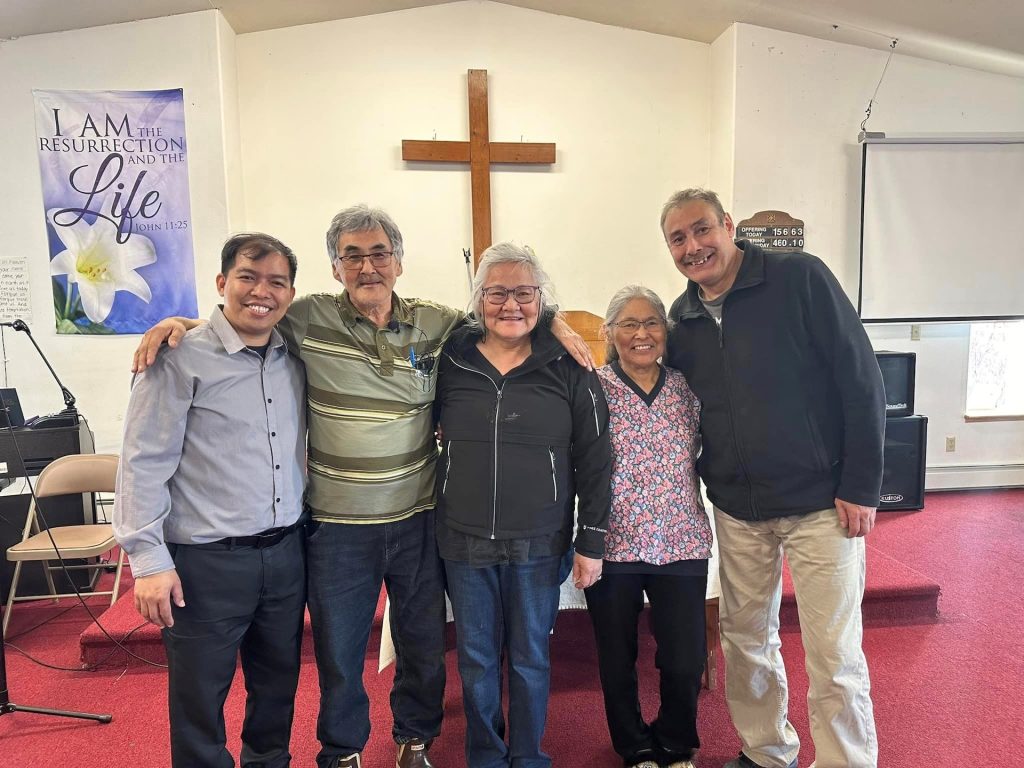
A week later while I was visiting our church in the village of Elim, Kenny Takak, the church chair, told me I needed to meet Arniel Salinasal. Arniel had moved here with his entire family from the Philippines when his wife, Christine, accepted a position teaching at the local school. As I talked with him, Arniel shared his heart for the gospel and his desire to use his background as a pastor while living in Elim.
Arniel is a gifted, seminary-trained pastor, talented musician, and worship leader. And not only had God brought us a pastor—he had brought an entire worship team! The other teachers who had also come to teach in Elim were also Christians, and together they formed a band to lead worship. None of them had known each other before moving their families across the globe to serve in Elim. None of them had ever seen snow, and they certainly didn’t know that we had been praying that God would move a mountain on our behalf. They simply came with hearts that mirrored the missional imagination of people like Axel Karlson. They came with a willingness to be mission friends and a desire to use their gifts for the God’s kingdom. They came because in America there was an opportunity to provide financially for their families in ways that was unattainable at home. They came expecting to be teachers but quickly found that God was asking them to be missionaries.

Since that time God has continued to move. Arniel was officially called to serve as pastor of Elim Covenant Church, and the Filipino worship band led the Alaska Conference annual meeting in worship. During one of the evening worship sessions, I shared the story about how we had been praying about ways we could connect with the Philippines and thanked our Filipino brothers in sisters for their faithfulness to the call of God in their lives. After the service, they came to me and said, “Now we know why God brought us to Alaska. None of us could comprehend why God would take Filipinos from tropical islands and transplant them to frozen tundra. Now we understand. God wanted us to serve our family here in the US.” They jokingly said that it was our prayer team’s fault that they all had cold toes and noses, but the warmth in their eyes said that it was worth it.
Immigrants from around the world are still coming to America in search of a better life for their families. They come looking for work, freedom, and safety. When our church sanctuaries aren’t in use, we allow them to gather there to worship with their own people. But what if God has a different plan? What if God was preparing to move mountains throughout the entire church in North America? What if instead of relegating immigrant believers to a separate space and place, we welcomed them as brothers and sisters who had something to teach us? What if the next great missionary movement wasn’t from the West to the rest but from everyone to everywhere? What if our stagnant evangelical growth was about to be flipped upside down through the work of foreign missionaries coming to live among us? Are we ready to receive them? Are we open to learning from them?
Much work is needed before that can come to pass. In the meantime, know that our Yup’ik, Cup’ig, and Inupiaq brothers and sisters in the far north are receiving them with open arms. God is at work as they labor together as mission friends.


